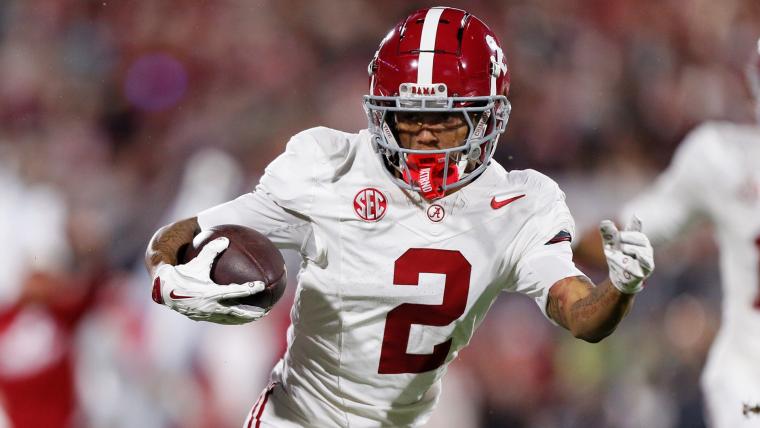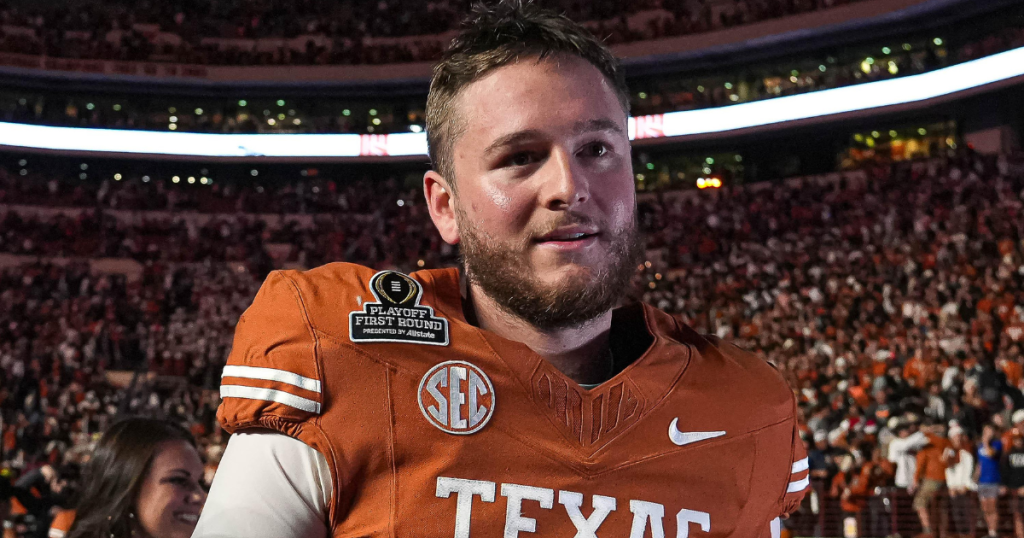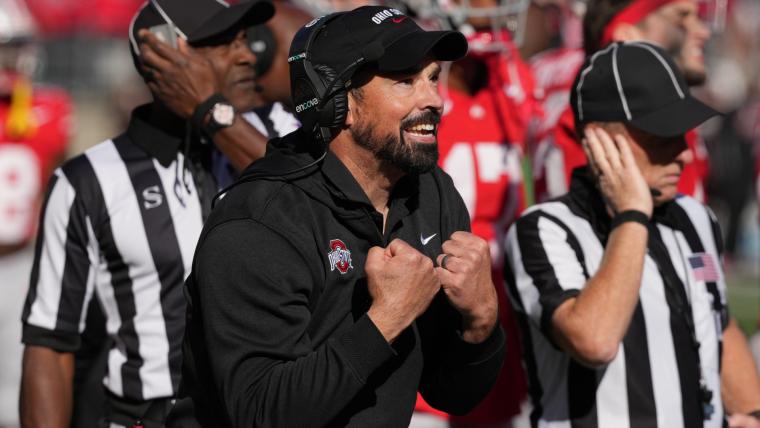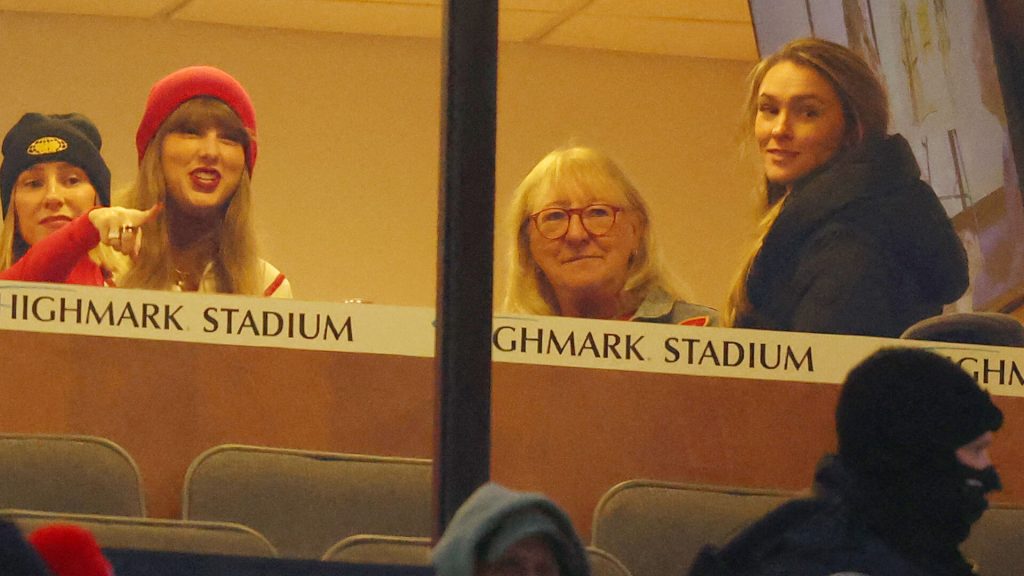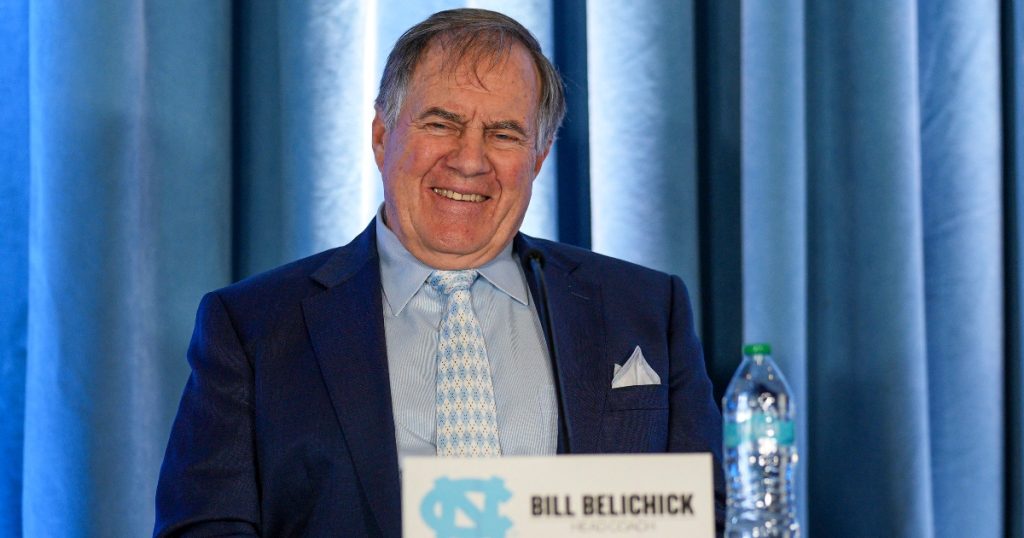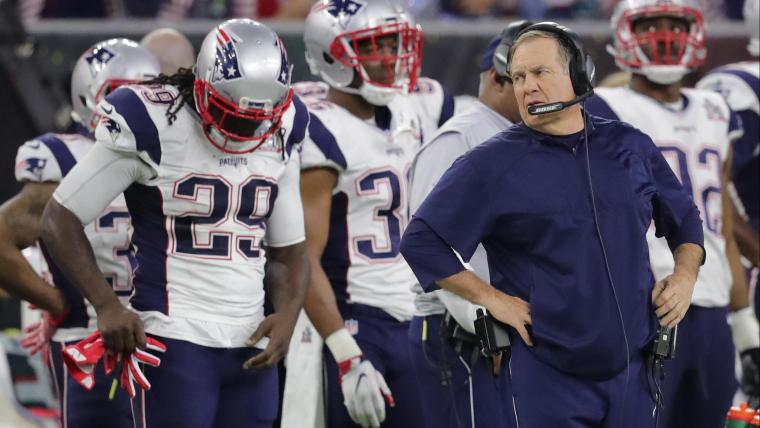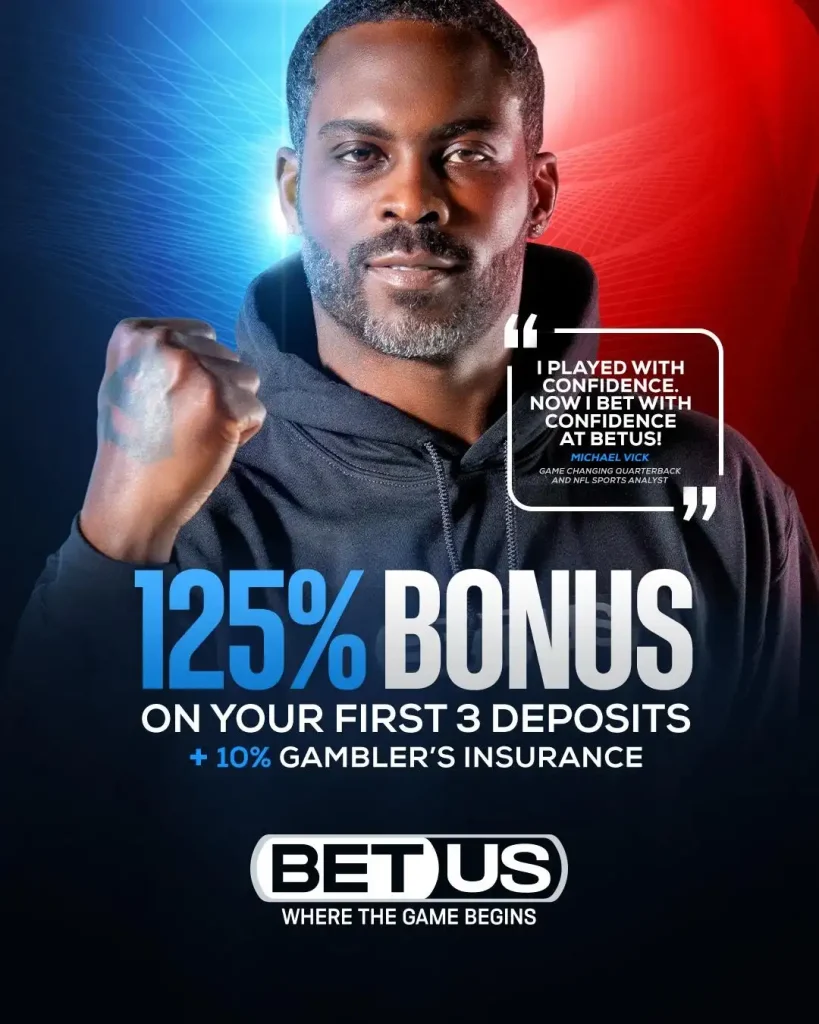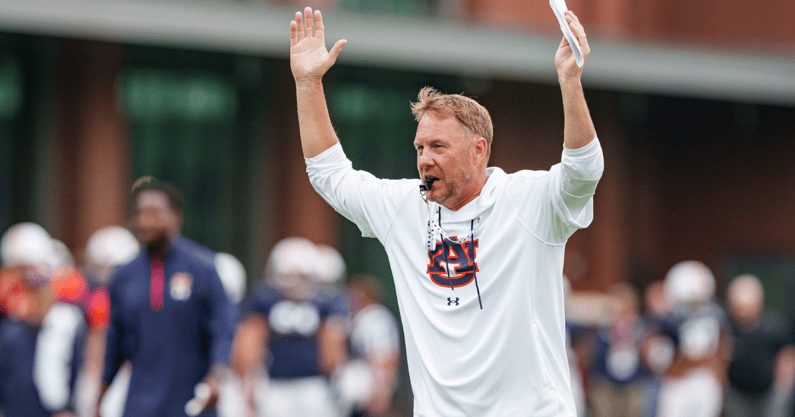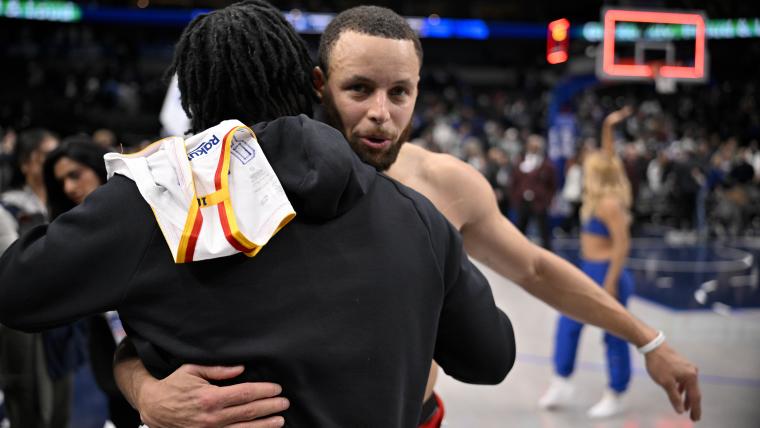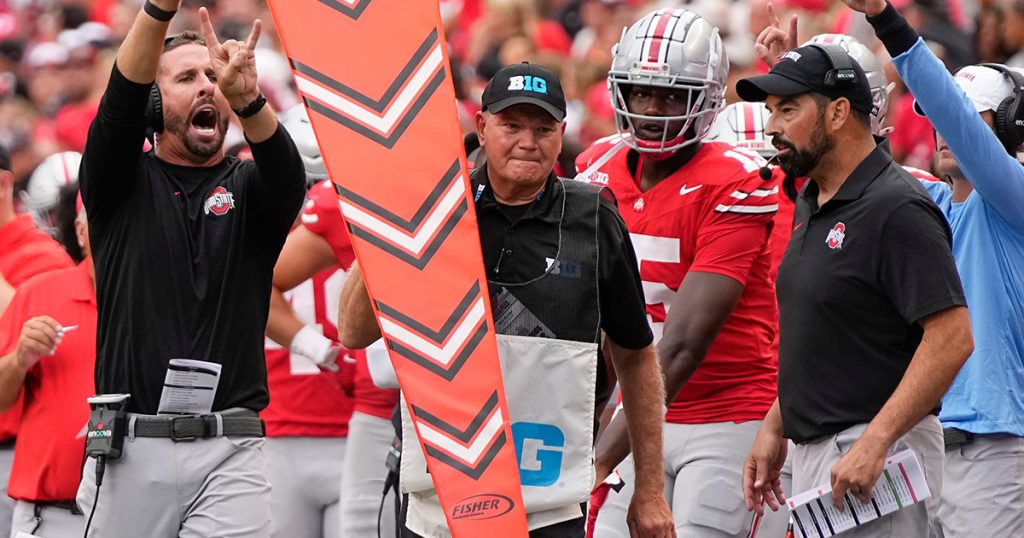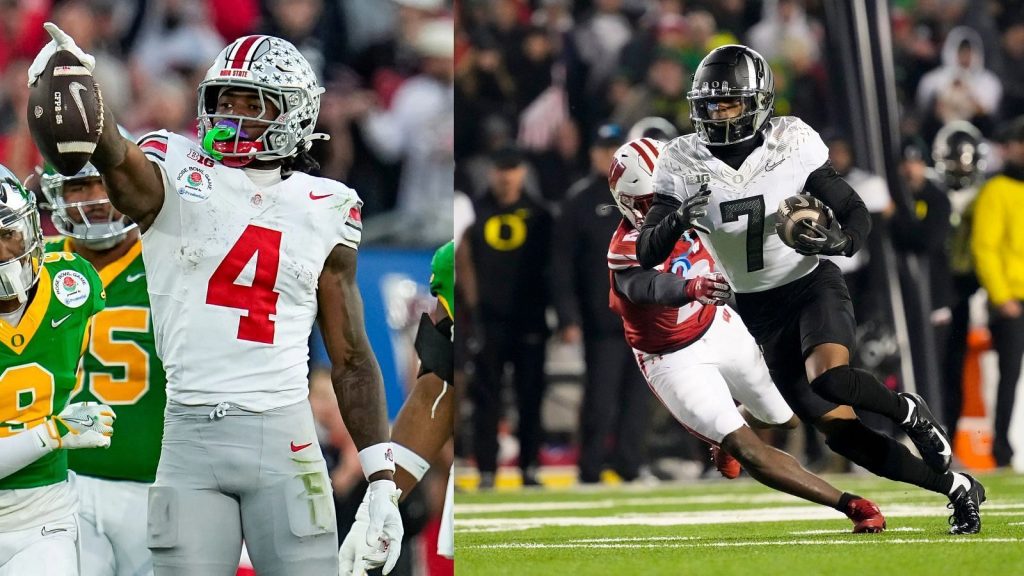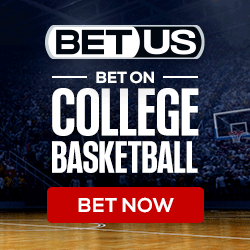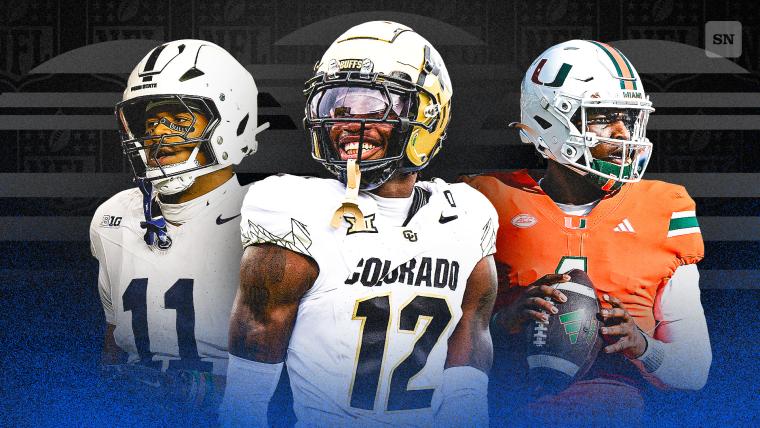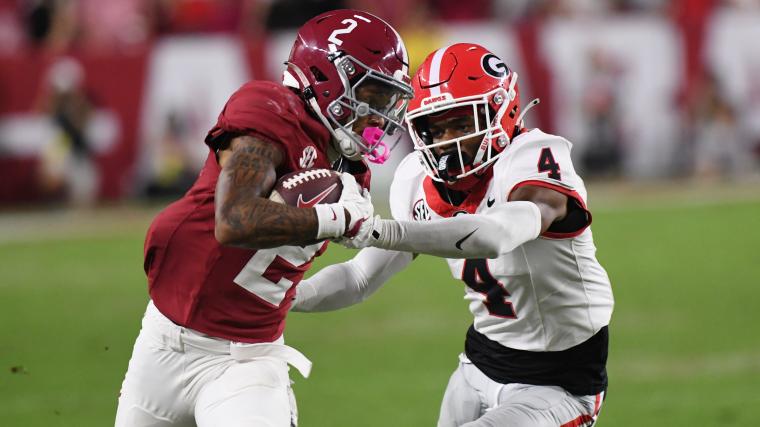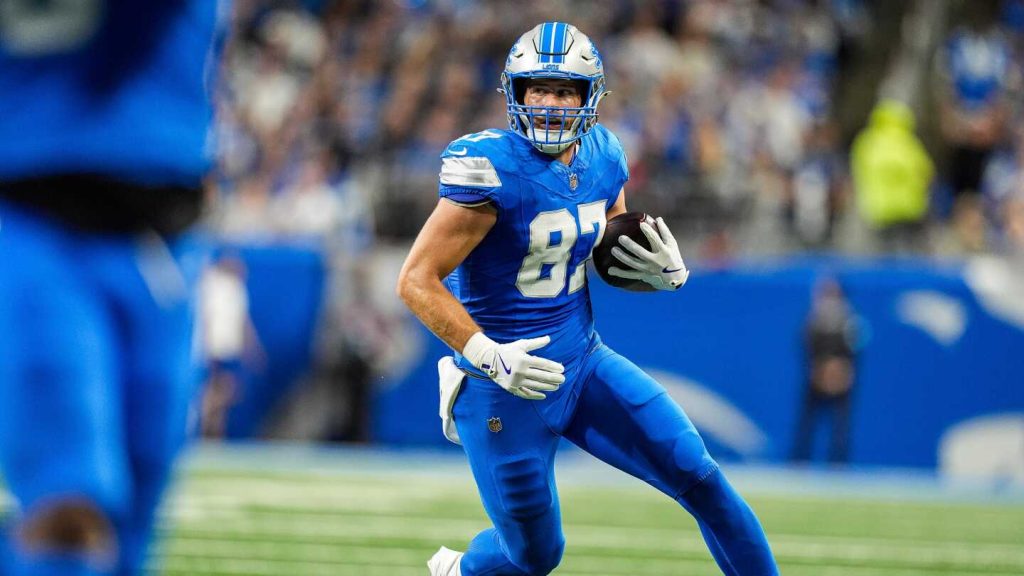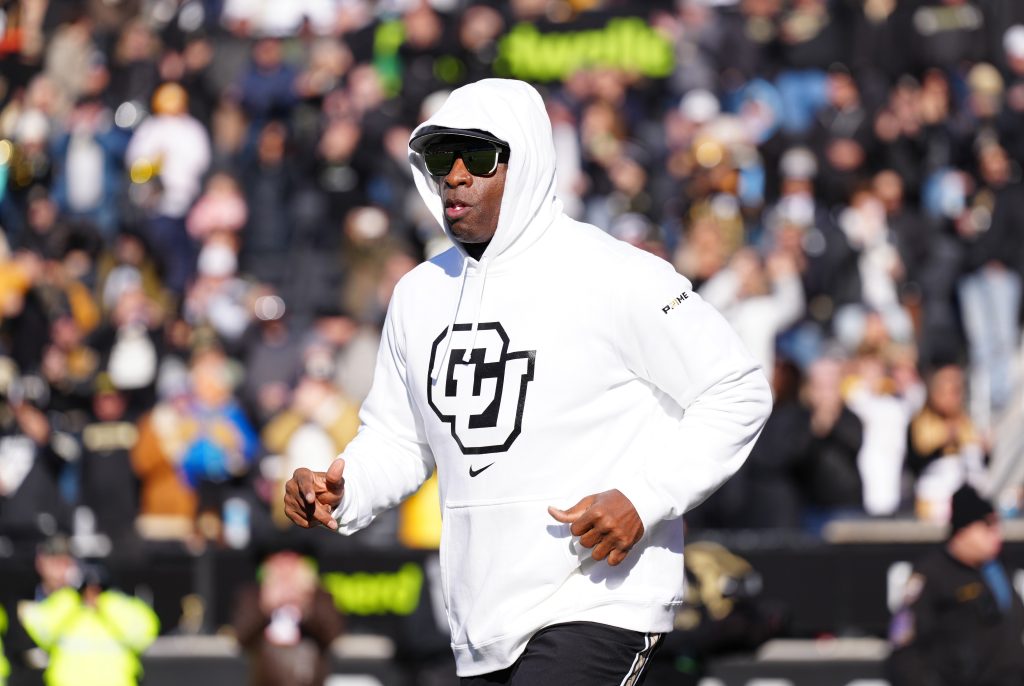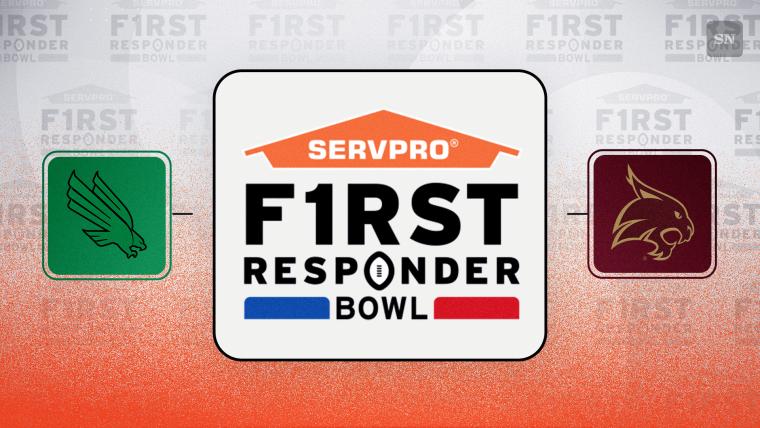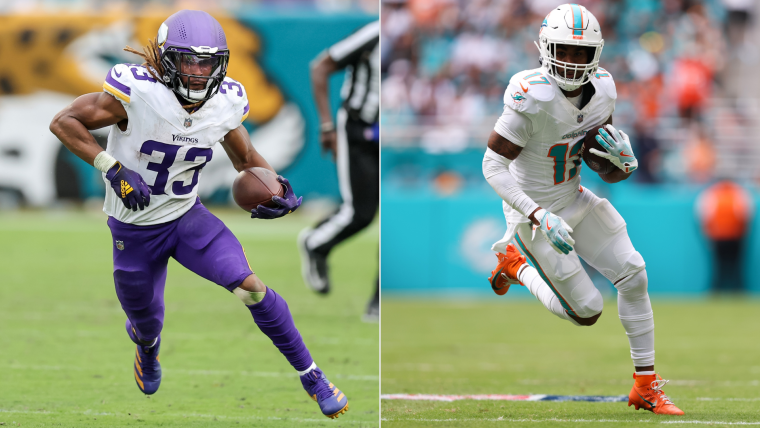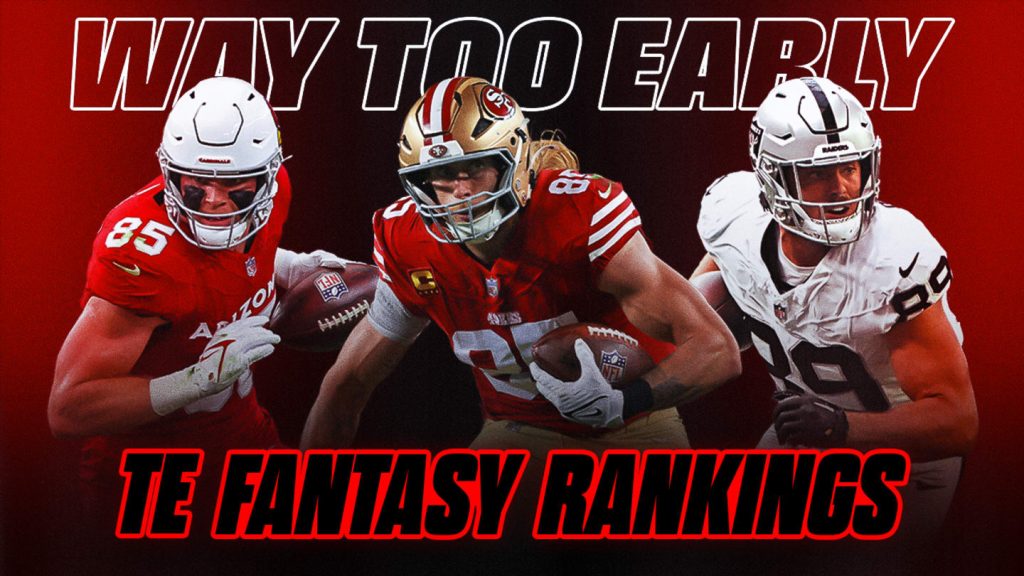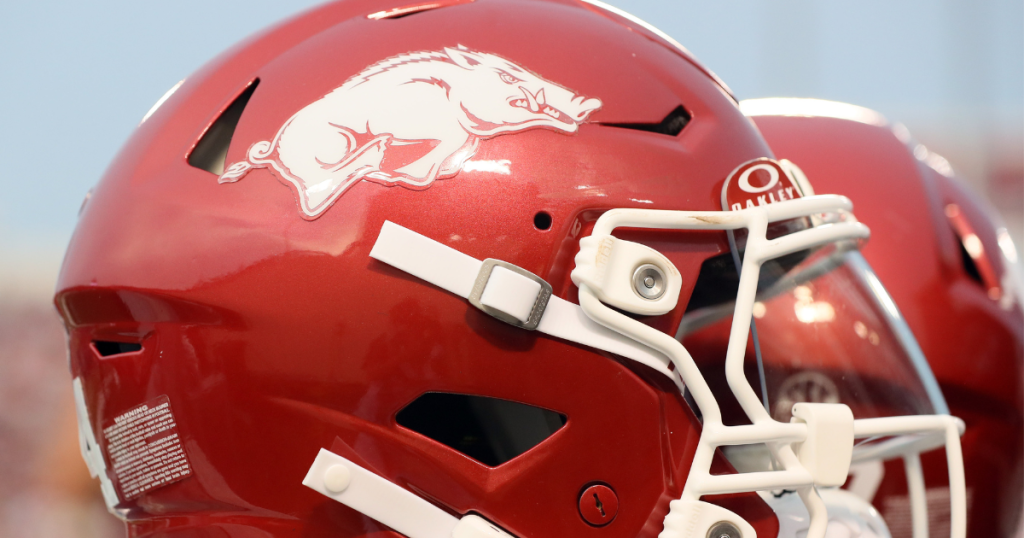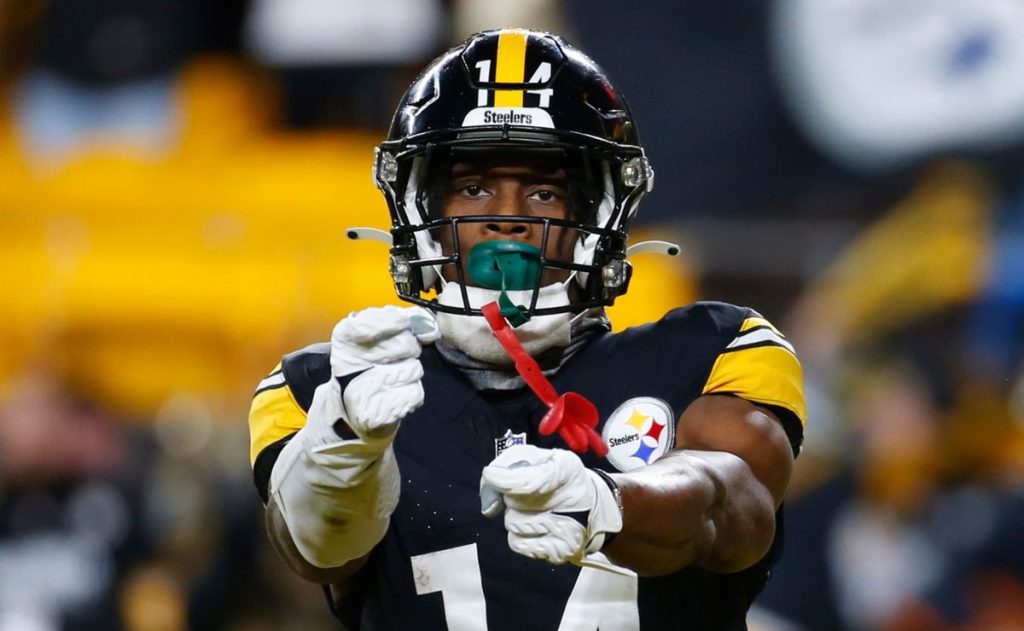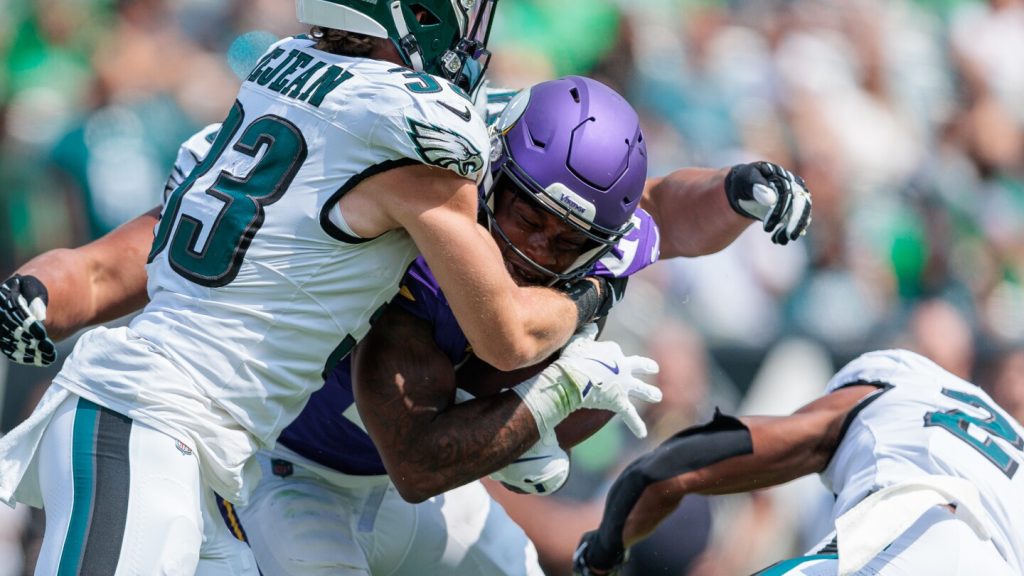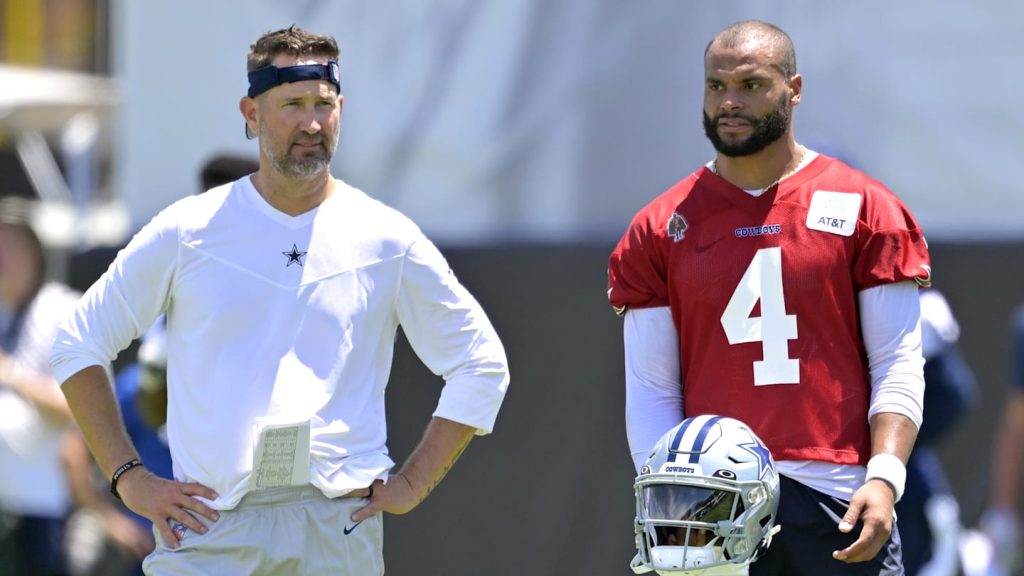While the world of college sports continues to evolve, one intriguing idea remains firmly in the realm of speculation: the possibility of trading athletes between programs. Currently, there is no system in place for such exchanges, which are typically reserved for professional sports. But what if college football teams could trade players? This thought-provoking notion raises questions about how it could impact the landscape of college athletics.
Imagining the Possibilities
Recently, CBS Sports took a creative leap into this hypothetical scenario, igniting discussions among fans and analysts alike. Brad Crawford, a writer for the outlet, proposed four potential trades that could shake up college football. Among these imaginative trades, one stood out: a blockbuster deal between the Penn State Nittany Lions and the Alabama Crimson Tide.
A Game-Changing Proposal
In Crawford’s first proposal, he suggested that Penn State running back Kaytron Allen could head to Alabama in exchange for standout freshman receiver Ryan Williams. This trade, while purely hypothetical, showcases how both teams could benefit significantly from such a move.
Why It Makes Sense for Alabama
Let’s consider Alabama’s perspective. The Crimson Tide have a rich history of elite running backs, from Najee Harris to Brian Robinson Jr. and Jahmyr Gibbs. However, this year, they find themselves lacking that go-to star in the backfield. By acquiring Allen, Alabama would gain a running back who, despite sharing carries with Nicholas Singleton, rushed for an impressive 1,108 yards and scored eight rushing touchdowns last season.
Imagine Allen donning the crimson and cream, bringing his explosive running style to a team that thrives on a powerful ground game. While losing Williams would be a tough pill to swallow, Alabama has depth at receiver, allowing them to absorb the loss without significantly impacting their offensive strategy.
The Upside for Penn State
On the flip side, Penn State would gain a dynamic playmaker in Ryan Williams, a player who could elevate their passing game to new heights. With Drew Allar at quarterback, the Nittany Lions need a reliable target, especially after losing top receiver Tyler Warren to the NFL Draft. Williams, with his speed and agility, would provide Allar with a much-needed weapon, allowing the team to diversify its offensive attack.
Moreover, with Singleton still in the mix, Penn State could maintain a balanced offense. The combination of Williams’ receiving prowess and Singleton’s running ability could create a formidable duo, making it difficult for opposing defenses to predict their next move.
The Reality of Hypotheticals
As exciting as these hypothetical trades may be, it’s important to remember that they remain just that—hypothetical. College football fans can only dream about what it would be like to see Kaytron Allen in an Alabama jersey or Ryan Williams lighting up the field for Penn State. The current landscape of college athletics does not allow for such trades, leaving fans to ponder the possibilities.
The Future of College Football Trades
So, could we ever see a system where trades are a reality in college football? The answer remains uncertain. The NCAA has long been resistant to changes that would blur the lines between amateur and professional sports. However, with the rise of the transfer portal and the increasing influence of NIL (Name, Image, Likeness) deals, the landscape is shifting.
As college football continues to adapt to the modern era, the idea of player trades may not be as far-fetched as it once seemed. Fans and analysts alike are left to wonder: how would the dynamics of college football change if trading athletes became an accepted practice? Would it create a more competitive environment, or would it lead to an imbalance of power among programs?
Final Thoughts
While we may not have the answers to these questions just yet, one thing is clear: the world of college football is full of possibilities. The hypothetical trade between Penn State and Alabama serves as a reminder of the excitement and unpredictability that makes college sports so captivating. As fans, we can only sit back, imagine the “what-ifs,” and enjoy the thrilling ride that is college football.

